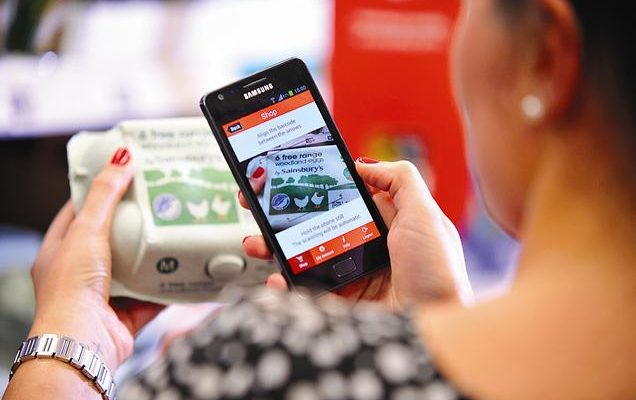Let’s take a poll.
How many of you have a smart phone? (Has that become a rhetorical question…?) How many of you download mobile applications? How many of you peruse retail stores but shop online?
How do you think this is going to change the retail environment?
Money saving mobile applications can be downloaded with a quick touch and most for free. In-store barcodes can be scanned and the consumer is instantly given the best price option for the product. Consumer: 1, Retailer: 0.
The mobile application, RedLaser, allows consumers to do just this; and ‘once you find the cheapest price you can buy the item via the app, have it delivered to your home or arrange to pick it up from a local retailer.’ Well-established online retail sites such as Amazon or eBay reinforce this shopping trend. Known as ‘Showrooming,’ this behaviour is becoming more and more ubiquitous as expected in this digital age. Google estimates that 84% of smart phone owners actively use applications while shopping to find the best product option or price and also to read reviews. Technology is the middle ground that has caused the line between in-store and online shopping to blur.

So how can bricks and mortar retailers compete with your smart phone? You guessed it – by introducing technology into their environment as well.
Enter, Apple’s iBeacon app. This application allows retailers to engage with the consumers via their smart phone the minute they step into the storefront. A greeting can be sent, a grocery list can be turned into an interactive map, personalised promotions will be updated, and reviews on in-store experience will be encouraged. All of this is made possible by the battery-saving Bluetooth Low Energy technology. Unlike a QR code, which demands the customer to scan a barcode, iBeacon passively picks up your presence, and as soon as you pull out your phone, tailored information will be waiting for you. The possibilities seem endless; however, this technology is still in its elementary stages.
Many mobile applications walk a fine line of carefully informing customers or spamming them with too much. This balance begs the question – when does personalised information become too much?
Some retailers take the approach to embrace technology by introducing hardware into their retail stores. Fashion retailer, Reiss, has iPads placed throughout their stores for customer use. The tablets are set up to provide those interested with fashion tips, product details and even to make purchases on the Reiss website.
The Burberry London flagship store has been nicknamed ‘Burberry World Live’ because of its unique and digitally enhanced shopping experience. In addition to touchscreens placed around the store, each piece of clothing has RFID microchips. This technology enables customers to try pieces on, look into full-length mirror, and instantaneously, catwalk footage is projected.

Retailers must stay relevant by following this digital trend, but success can only be ensured if technology is introduced in a seamless manner. Technological advancements must be consistent to the brand image and it should also be with reliable applications and hardware. Customers are not going to be impressed by faulty catwalk footage! And as a final note, technology cannot replace customer service; it is simply an in-store enhancement and a good one at that.
Last question, how do you envision the future of the retail environment?
